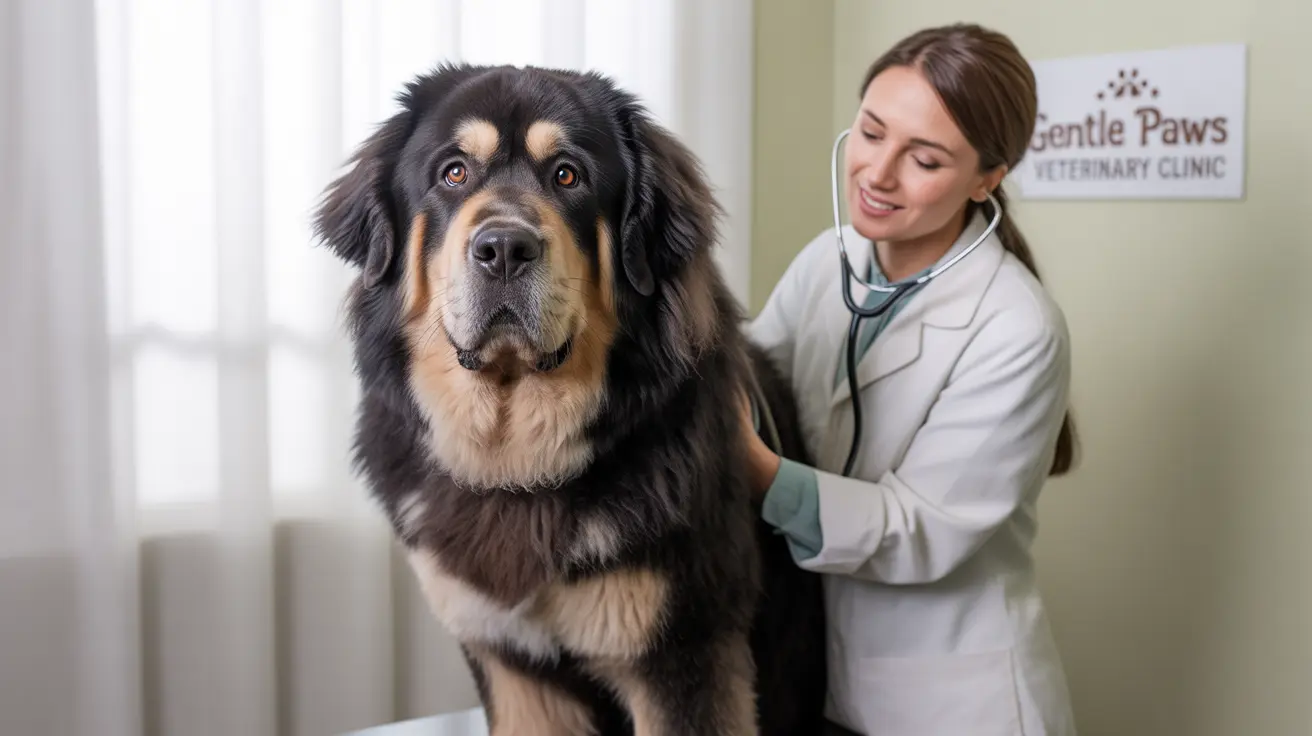Understanding Sudden Lumps on Your Dog's Neck
Discovering a golf ball-sized lump on your dog's neck can be a frightening experience, especially when it seems to appear overnight. While such sudden swellings can be alarming, they can stem from various causes ranging from benign conditions to more serious health concerns that require immediate veterinary attention.
Understanding the potential causes and knowing when to seek professional help is crucial for your pet's wellbeing. This comprehensive guide will help you navigate the situation effectively and make informed decisions about your dog's health.
Common Causes of Sudden Neck Lumps in Dogs
Lymph Node Enlargement
One of the most common causes of sudden, golf ball-sized lumps in a dog's neck is enlarged lymph nodes. These can swell rapidly due to:
- Bacterial or viral infections
- Immune system responses
- Inflammatory conditions
- Certain types of cancer, particularly lymphoma
Abscesses and Infections
Abscesses can develop quickly, often following:
- Insect bites or stings
- Animal fights or scratches
- Dental infections
- Foreign body reactions
Cysts and Benign Growths
While usually slower-growing, some cysts can appear to enlarge suddenly due to:
- Internal fluid accumulation
- Infection of existing cysts
- Trauma to the area
- Rupture of sebaceous glands
When to Seek Immediate Veterinary Care
Certain signs warrant immediate veterinary attention:
- Rapid growth over 24-48 hours
- Warm or painful to touch
- Accompanying fever or lethargy
- Difficulty breathing or swallowing
- Changes in eating habits
- Multiple lumps appearing simultaneously
Diagnostic Process and Treatment Options
Initial Examination
Your veterinarian will likely perform:
- Physical examination of the lump
- Assessment of size, texture, and mobility
- Check for additional lumps
- Review of your dog's medical history
Diagnostic Tests
Common diagnostic procedures include:
- Fine needle aspiration (FNA)
- Blood work
- Imaging (X-rays or ultrasound)
- Biopsy if necessary
Treatment Approaches
Treatment varies based on the underlying cause:
- Antibiotics for infections
- Surgical removal for concerning masses
- Drainage for abscesses
- Specific treatments for systemic conditions
Prevention and Monitoring
Regular monitoring can help catch issues early:
- Monthly at-home examinations
- Regular veterinary check-ups
- Documentation of any changes
- Prompt attention to new growths
Frequently Asked Questions
What causes a golf ball-sized lump to suddenly appear on my dog's neck overnight?
Sudden lumps can be caused by enlarged lymph nodes due to infection or inflammation, abscesses, allergic reactions, or rarely, rapidly growing tumors. Any sudden lump warrants prompt veterinary examination for proper diagnosis.
How can I tell if a lump on my dog's neck is an enlarged lymph node or something more serious like lymphoma?
It's impossible to definitively distinguish between benign and serious causes without veterinary examination. However, lymph nodes related to lymphoma tend to be firm, non-painful, and may be accompanied by other symptoms like lethargy or decreased appetite.
When should I take my dog to the vet if I find a rapidly growing lump on their neck?
Seek immediate veterinary care if the lump appears suddenly, is growing rapidly, is painful or warm to touch, or if your dog shows any changes in behavior or appetite.
What diagnostic tests do veterinarians use to identify the cause of a new lump on a dog's neck?
Veterinarians typically start with a physical examination and fine needle aspiration (FNA). Additional tests may include blood work, imaging studies (X-rays or ultrasound), and sometimes tissue biopsies.
Can infections, cysts, or allergic reactions cause a sudden large lump on my dog's neck, and how are these treated?
Yes, all these conditions can cause sudden lumps. Treatment varies by cause: infections typically require antibiotics, cysts might need drainage or removal, and allergic reactions often respond to antihistamines or steroids. Your veterinarian will determine the appropriate treatment based on the specific diagnosis.






